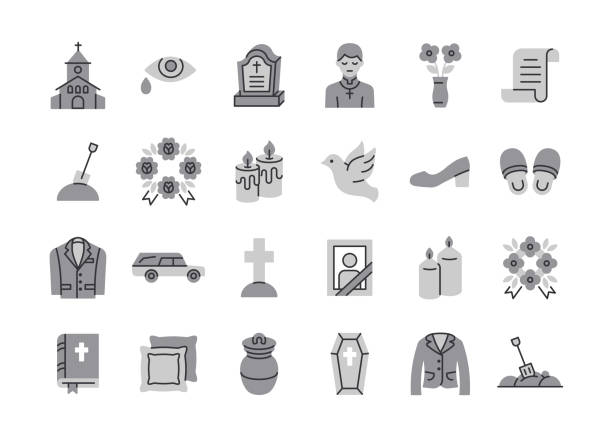The practice of embalming has been used throughout history to preserve the appearance of the deceased for funerals and memorials. However, with the rise of environmental concerns and changing social norms, people are increasingly questioning the necessity of embalming. The decision to embalm or not is a personal one, but it is important to be aware of the laws, alternatives, and considerations when making this decision.
This article, titled ‘To Embalm or Not to Embalm: Laws, Alternatives, and Considerations,’ aims to provide readers with a comprehensive overview of embalming and its alternatives. It will explore the history of embalming and its legal status in different states, as well as the various alternatives available for those who choose not to embalm.
The article will also discuss the environmental impact of embalming and the growing popularity of cremation as an alternative. Ultimately, the goal of this article is to provide readers with the information they need to make an informed decision about whether or not to embalm.
Embalming and the Law
Embalming laws vary across states and circumstances, with some states requiring it by law in certain situations such as crossing state lines by a common carrier or after a waiting period, while others do not require it at all.
The decision to embalm a body is often left to the family’s discretion, and funeral homes may have their own policies regarding embalming. Religious considerations may also play a role, as some faiths forbid embalming or require it only in certain circumstances.
It is important to note that embalming regulations are not universal, and individuals should be aware of the laws in their particular state. While embalming may be required in some situations, there are alternatives available such as immediate burial, closed-casket funerals, and direct cremation.
Ultimately, the decision to embalm or not should be made based on personal beliefs and preferences.
Alternatives to Embalming
Refrigeration is a viable alternative to embalming for those who wish to delay the decomposition of the body without using harsh chemicals or invasive procedures. While not a long-term solution, refrigeration can slow the rate of decay and preserve the body for a short period of time. This option is ideal for those who prefer a natural form of preservation and wish to have a green burial.
Green burial is an environmentally friendly alternative to traditional burial practices, and refrigeration is often used as a means of natural preservation. This option allows the body to decompose naturally, without embalming or burial in a sealed casket. While refrigeration is not a long-term solution, it is a viable option for those who wish to delay the decomposition of the body temporarily and allow for a more natural form of burial.
Ultimately, the decision to embalm or not to embalm is a personal choice, and individuals should consider all available options before making a decision.
Cremation as an Option
Cremation is a popular alternative to traditional burial practices due to its affordability and lower environmental impact. Unlike embalming, cremation only requires a container to hold the body during the process, not an expensive casket. It is also a more affordable option than burial with embalming, making it an attractive choice for many families. Moreover, cremation is a better option for the environment than embalming since it does not use harsh chemicals that can be damaging to the environment.
However, cultural considerations should also be taken into account when choosing cremation as an option. While it is increasing in popularity, cremation is forbidden in some faiths, and some individuals may have personal or religious beliefs that make cremation an inappropriate choice. Therefore, it is essential to understand the cultural and religious beliefs of the deceased and their family to make an informed decision that respects their wishes.
Ultimately, people should choose whichever option is most comforting for them and those left behind.
Considerations and Decision Making
When making end-of-life arrangements, it is important to take into account various factors, such as cultural and religious beliefs, personal preferences, and the cost of different options. For those who are environmentally conscious, green burial may be a suitable option. This involves burying the body in a biodegradable casket or shroud that allows for natural decomposition and does not involve embalming or the use of chemicals. It is important to note, however, that not all cemeteries offer green burial options, and it may be necessary to research and plan ahead to ensure that this option is available.
Another important consideration is cultural traditions. Different cultures have varying beliefs and practices surrounding death and burial, and it is important to honor and respect these traditions. Some cultures, for example, may require immediate burial or prohibit embalming, while others may have specific rituals or customs that should be followed. It is important to communicate these preferences to loved ones and to work with a funeral director who is knowledgeable and respectful of different cultural traditions.
Ultimately, the decision of how to handle end-of-life arrangements is a personal one, and it is important to choose an option that feels most comforting and true to one’s beliefs and values.


